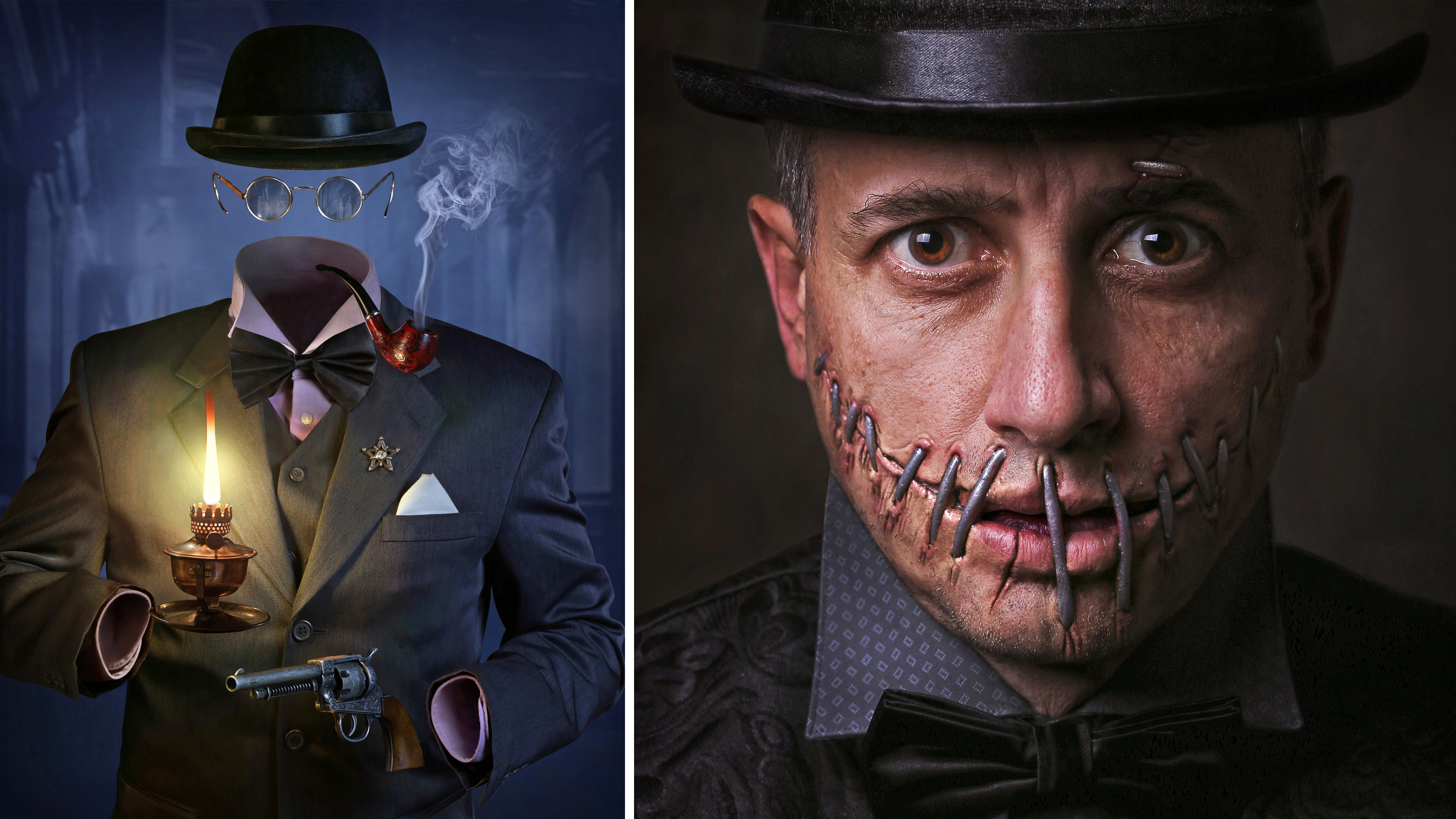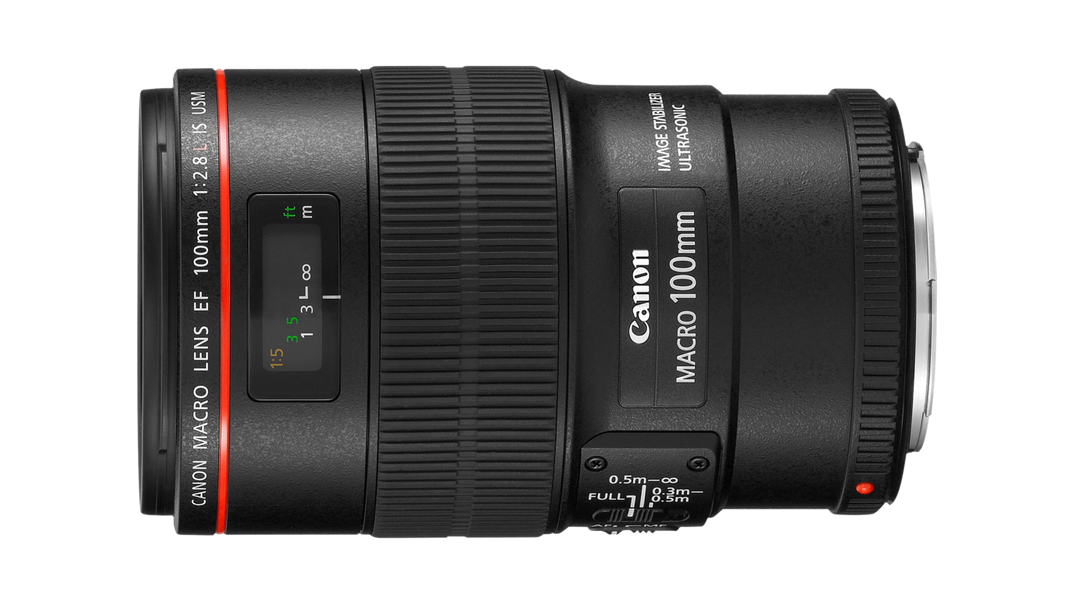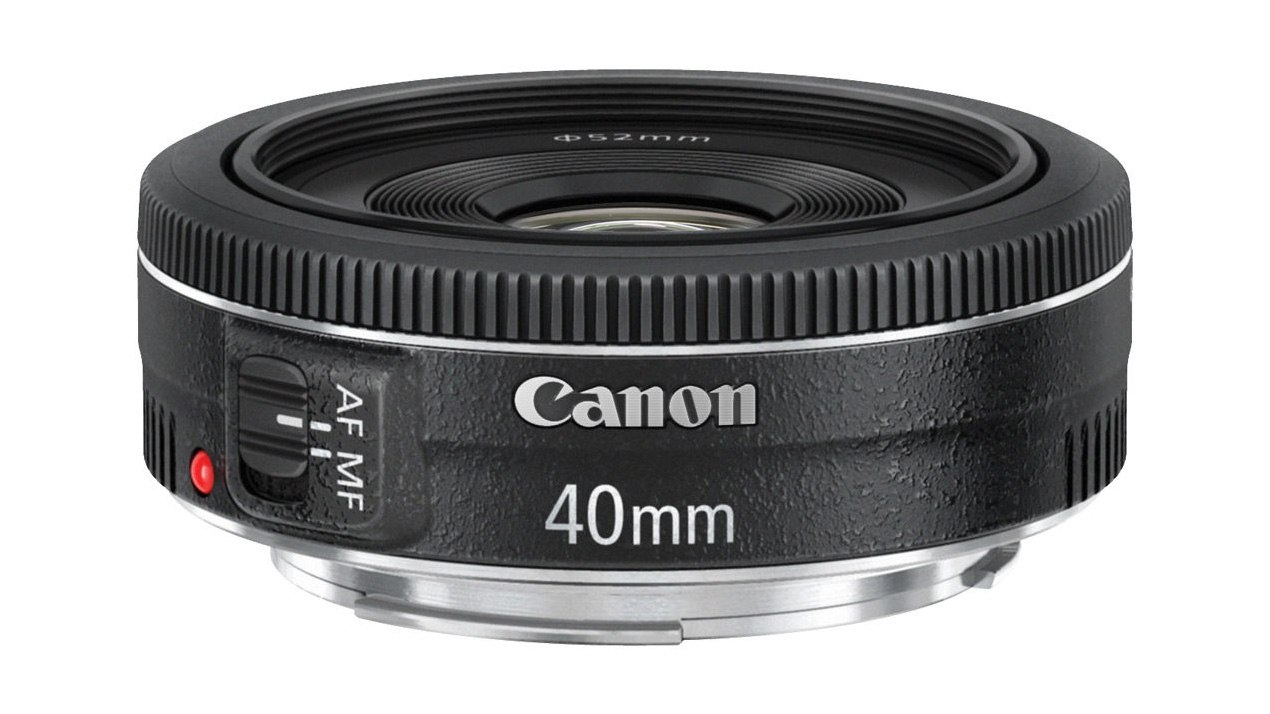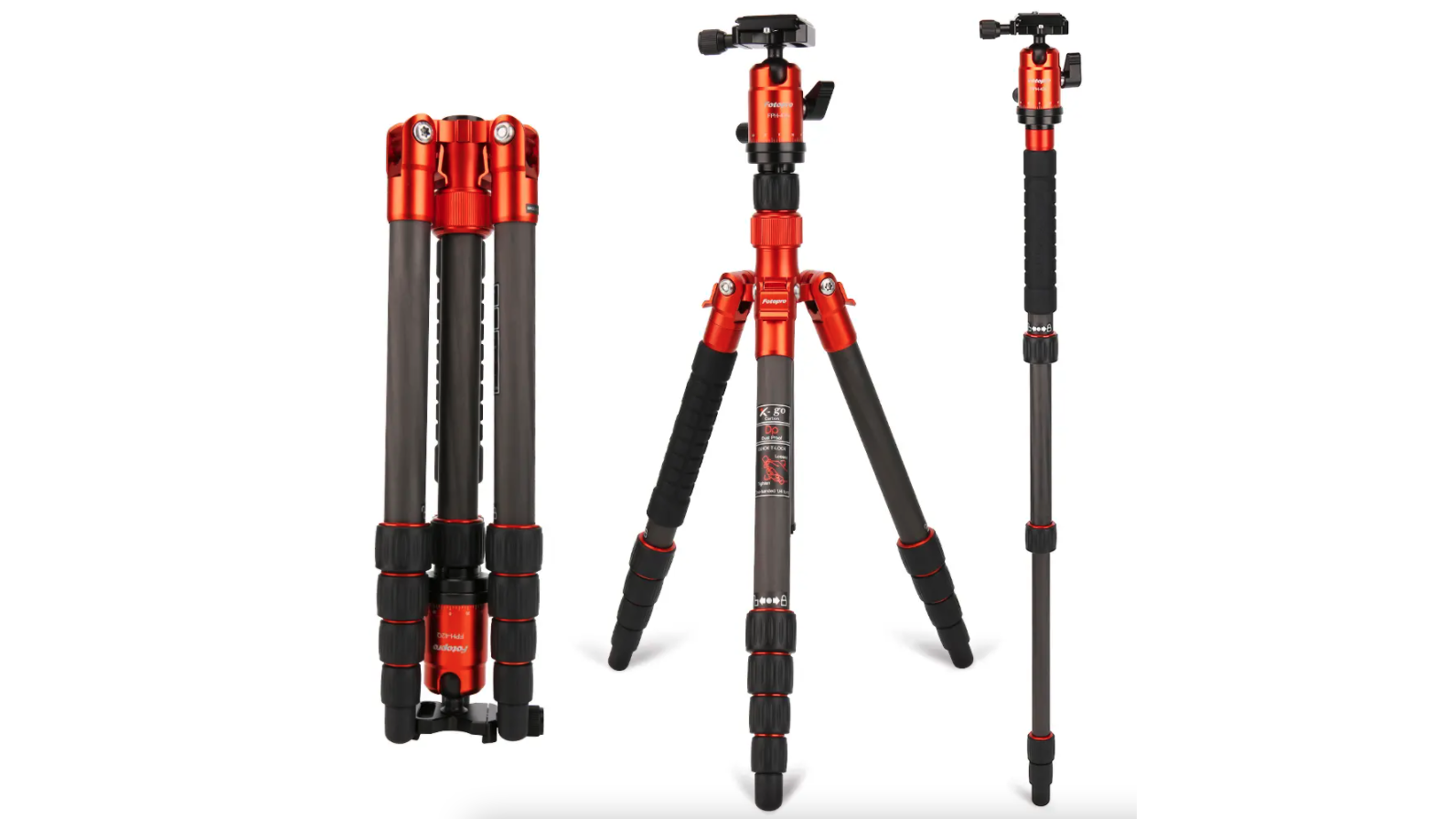
Based in Ontario, Canada, Alexander has put his own stamp on fine art and horror photography. Often using himself and his daughter, Iris, as models he creates a classic painterly style in his modest home photographic studio.
Alexander’s pictures have won multiple international photo awards in some of the biggest photo-contests, such as Trierenberg Super Circuit, 35Awards, WPE, VIPA, Photocrowd, Gurushots and Viewbug.
This month we sat down with Alexander to find out a bit more about his unique creative process, his digital manipulation techniques and the practical equipment and effects he uses to create his digital images. You can find more of his incredible work on his Instagram.
"After studying fine art for seven years, I began trying other genres such as realism, impressionism and the abstract. I moved to Canada in 2000 and it was very difficult to find a job as an artist, but using more practical Photoshop skills I was able to get a job as a graphic designer.
• Read more: Best Canon cameras
"In 2012 my three-year-old daughter, Iris, went up to some flowers in a vase and leaned in to smell them, the natural light from the window fell beautifully and created an elegant scene. This became a much needed epiphany that I was looking for, as at this point I hadn’t done anything artistically for 15 years, but from this moment I knew photography would be the answer to my creative hiatus.
"I have always been a fan of the classical masters of painting, and have a keen interest in surrealism. I’m influenced by my favourite artists, such as Rembrandt, Vermeer, and Dali, combined with some of my own personal spice, I came to my own style of photography. Many of my photos are edited to appear as if they are paintings. I am constantly looking for new and creative ideas to project them into my art pieces.
The best camera deals, reviews, product advice, and unmissable photography news, direct to your inbox!
"While I don’t specialize in the horror genre alone, often ideas will come to me with horror elements and I then have to work out how I can make the picture a reality using my camera and editing. While I love to use models when I can, usually myself or my daughter pose for the photos, because it’s a fun way to spend time together."
See the slideshow below for more of Alexander's incredible work.




01. Canon EOS 6D
"I have used this camera for more than seven years and it’s still going strong as my main workhorse body. It’s a very light Canon EOS full-frame DSLR with a very affordable price, plus is perfect for travelling with. It has modest resolution of 20.2Mp, which is sufficient for the types of imagery that I like to create. On top of that, it has great colour rendering and low noise levels. It works well even when it comes to difficult weather conditions, such as in the rain."
02. Canon EF 100mm f/2.8L IS Macro
"This is my favorite lens, because out of all the lenses that I own, this one produces the clearest and sharpest photos. It can be used for all kinds of shots, from macro close-ups, say of a person’s eye, to landscapes. The autofocus is fast and quiet and the lens is made from high-quality materials. It’s also dust and water resistant. I’ve been using it extensively for more than five years and it still works as if it were new."
03. Canon EF 85mm f/1.8 USM
"I use this lens mainly for portraits, in my opinion it’s the best budget portrait lens from Canon for DSLRs. This lens is convenient to use, lightweight and compact, and it finds focus quickly as well. It also delivers pleasant soft and even bokeh. I only use prime lenses, as I find they give the best sharpness and I don’t mind moving back and forth to zoom with my feet."
04. Canon EF 40mm f/2.8 STM
"Canon’s 40mm f/2.8 is the perfect all-day lens – it’s super small and light, it’s usually what I leave on my camera when I’m not shooting, so my camera is always ready to go. It gets used a lot for the digital collages I make, because the wide 40mm focal length is better for squeezing more into a scene than my 85mm and 100mm lenses. I find it to be sharp even at f/2.8 and has high contrast with no distortion visible."
05. Godox AD200 Pro TTL flash
"To light my subjects consistently, I use this handy battery operated wireless flash. The AD200 is powerful, lightweight and compact. It offers good quality for a low price. It can be used both in studio and outside. This flash can produce a very short flash duration: 1/13000 sec at the lowest power setting. I used this to take pictures of water splashing, and the quick flash froze the picture very well."
06. FotoPro X-Go tripod
"This FotoPro tripod comes everywhere with me, even my studio. The tripod is made of high-quality carbon fibre material, so is pretty light as well. It’s great for wildlife, outdoor and adventure photos, as well as shooting my composite collage images, where I need to take several images that will all line up perfectly in Photoshop. It’s easy to carry and the legs fold in reverse, making it compact for storage and transportation."
PhotoPlus: The Canon Magazine is the world's only monthly newsstand title that's 100% devoted to Canon, so you can be sure the magazine is completely relevant to your system.
Read more:
The best lens for portraits: our pick of the best 85mm lenses right now
The best camera for portraits: cameras and lenses perfect for portraits
215 photography tips, techniques and tricks for taking pictures of anything

In addition to being a freelance photographer and filmmaker, Dan is a bona fide expert on all things Canon and Adobe. Not only is he an Adobe-certified Photoshop guru, he's spent over 10 years writing for specialist magazines including stints as the Deputy Editor for PhotoPlus: The Canon Magazine, Technical Editor for Practical Photography and Photoshop Editor on Digital Photo.








